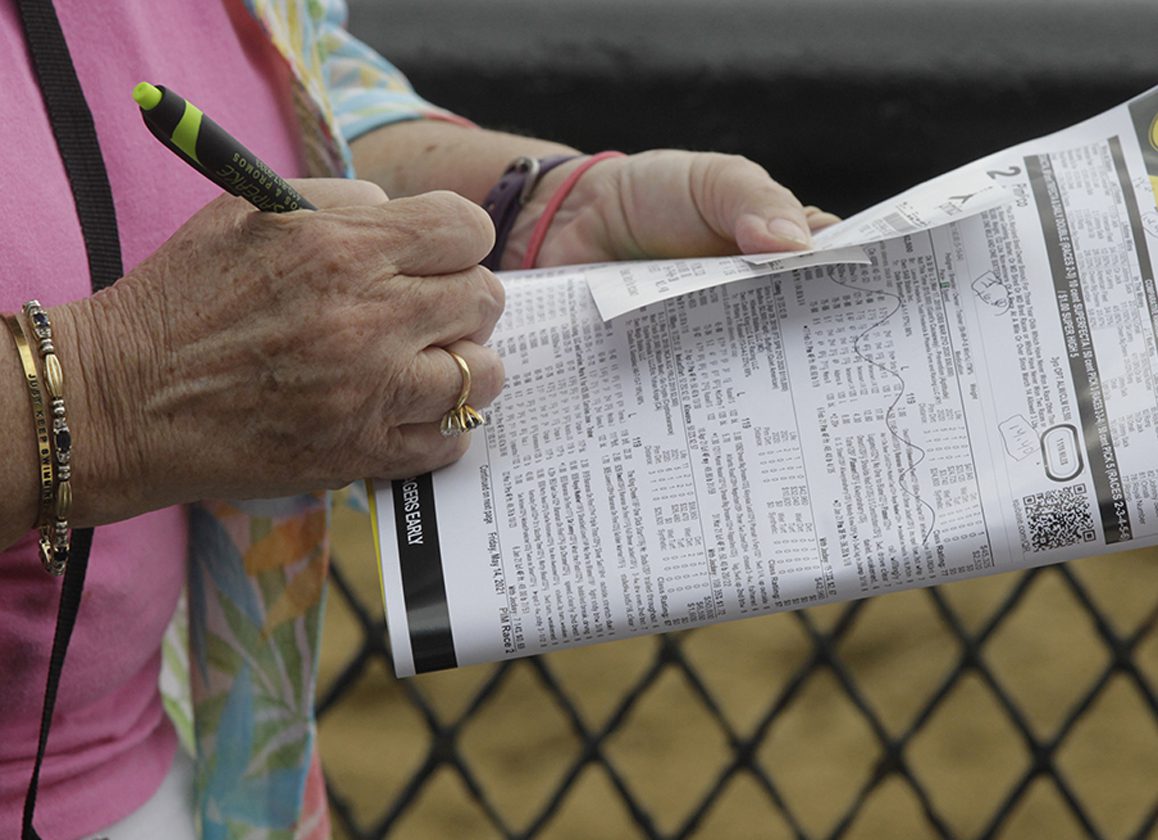Handicappers use the term “bounce” to explain a poor performance of a horse or to project a possible poor performance. This handicapping angle is more pronounced in demanding stakes races where a horse will often meet a field where only a top performance will result in a placing.
But what does a “'bounce” really mean? It refers to a horse that had a recent fast performance, several tough races in a short period or many races in a racing campaign. The handicapper is implicitly (and unknowingly) using basic biology to posit that a given horse did not have enough time to recuperate before the next race. But what if this notion of “bounce” has more serious implications beyond performance intersecting with that of safety? Well, apparently it does.
After the deaths at Santa Anita in 2019, I began to observe the records of horses that had catastrophic injuries. A certain number seemed to be horses whose racing and training schedule appeared excessive. While it is impossible to say with certainty that over-racing was the case individually, I surmised it had to be one factor in catastrophic injury in the aggregate. Now HISA apparently is looking at this angle regarding horse safety. In its, 2023 Equine Fatalities: HISA's Strategic Response under “data analysis,” it asks, “Would a maximum number of high-speed furlongs (published works and races) either lifetime or within a rolling period reduce equine injury?” The issue is finally on the table in racing's most significant institution.
Dr. Sue Stover, chair of the HISA Racetrack Safety Committee, goes well beyond what handicappers have noticed in their “bounce” notion only to prognosticate a poor performance for a horse. Dr. Stover in the Spring 2023 Churchill Downs Equine Fatalities: HISA Findings under the category “high speed exercise analysis,” concluded–after comparing the Churchill deaths to the control group- -that (indeed) the deceased horses had more races per year and that the data coincides with the notion that, “frequent high injury exercise (as observed in injured horses) that does not allow for recovery of exercise-induced microdamage contributes to the development of stress fractures and subchondral stress which presupposes horses to catastrophic injuries.” Dr. Stover is based at UC Davis and their veterinary webpage regarding catastrophic injuries to racehorses includes “training intensity” as a risk factor. Thus, from Dr. Stover's remarks, the science on thoroughbred injury has already progressed to a point where the new (Churchill) data is being amalgamated with existing hypotheses.
The notion that with the recent deaths at Saratoga and Churchill Downs there is no one risk factor in common does not mean that several risk factors are not known. The industry has come a long way since 2019 and many risk factors or pre-existing conditions are known including the over-racing of horses.
I do not want to mention individual horses as it is impossible to know with certainty in any single case whether a horse's racing and training schedule was the main culprit in a breakdown. Too often, in my view, trainers are being cast as “bad guys” and that's too easy a way to address industry wide problems in relation to safety. And my point is not to prove this notion as it is already part of the science on racing injury.
I wish merely to bring the issue out from the shadows to be part of a necessary discussion on horse safety. But I will relate a few high-profile examples of a horse's racing schedule in horses that broke down in top races dating back to 2019 without mentioning the name of the horse.
- Horse A had 13 races in 11 months and broke down in a grade 1 race,
- Horse B had 10 races in 12 months mostly at the grade 1 level and died after a workout,
- Horse C raced 11 times in 10 months breaking down in a grade 3 stakes,
- Horse D had 4 races in 4 ½ months moving up into a grade 1 with less than a month off.
There are other high and low-profile examples and again HISA, in their report, summarizes the horse's racing schedule as part of their analysis. Of course, many horses can handle a tough schedule–there is genetic variation in any species. Nonetheless, the over-racing of a horse is one risk factor that has to be addressed in any overall plan regarding horse safety. It intersects with other issues like medication: rest versus therapy.
Why this factor of over-racing a horse has been understated in recent discussion of horse fatalities until now is due, I suspect, to the implications on possible restrictions for the scheduling of a horse's campaign. It may mean limiting the number of starts per horse per racing level, age, etc. It obviously casts a doubt about the spacing of racing's greatest event: The Triple Crown.
Yes, I support 1/ST Racing's Aidan Butler's efforts to move the Preakness date because of the safety issue alone. Yes, it would be a tough go to factor in a horse's schedule regarding an overall safety plan for thoroughbred racing. But if the horse racing industry is going to completely address the issue of safety, the over-racing of horses (not the racing but the over-racing of a horse) needs to be looked at. There is not a good alternative to not do so.
–Armen Antonian Ph.D.
Not a subscriber? Click here to sign up for the daily PDF or alerts.






